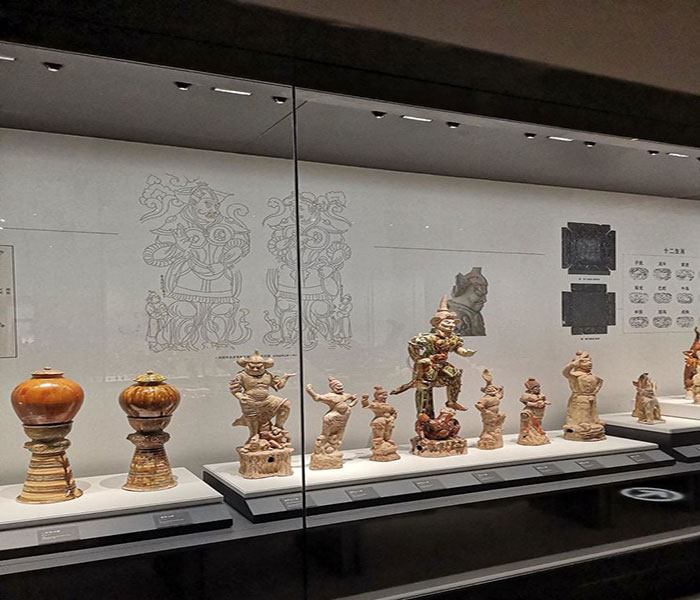In the wave of rapid development of modern technology, transparent display devices have become an indispensable part of our daily lives and work. Whether it's smartphones, tablets, public information displays or high-end TVs, clear image quality and flawless visual experience have always been the goal of technology. Anti-distortion and low-reflection glass are driven by this need, and its special design and desirable performance set a new benchmark for modern display technology.
The manufacture of anti-deformation and low-reflection glass is a complex process that involves the intersection of multiple disciplines, including materials science, optical engineering, chemistry, and precision manufacturing techniques. The glass typically consists of a core silicate glass layer and several functional coatings. The core glass layer is formulated with high-purity silicates, which are melted and moulded at high temperatures and then rapidly cooled to ensure the hardness and stability of the substrate. The multiple layers of surface coatings, on the other hand, are applied by chemical vapour deposition or physical vapour deposition techniques. Each of these coatings has its role to play and together they enhance the overall performance of the glass.
When it comes to improving optical performance, designers of anti-deformation and low-reflection glass use a variety of strategies to optimise light transmission and reduce reflectivity. Light reflection can be effectively reduced by coating the glass surface with materials that have a specific refractive index, such as indium tin oxide or magnesium fluoride. The nanoscale thickness of these coatings is precisely calculated to achieve the desirable possible interference effect, thus maximising the transmission of light. In this way, the transmittance of visible light is dramatically increased, while the reflectivity is reduced to less than 2 per cent, significantly improving the visibility of the glass in bright light environments.

The increase in deformation resistance is achieved through the microstructural design of the material. The developers used ion exchange technology to form a compressive stress layer on the glass surface, which not only enhances the surface hardness but also makes the glass less prone to deformation when subjected to external forces. At the same time, the coefficient of thermal expansion of the glass is tightly controlled to ensure dimensional stability even at different temperatures, avoiding image distortion and loss of clarity.
Optimisation of environmental adaptation was also key to the improved performance of the anti-deformation low-reflection glass. The R&D team had to ensure that the material could maintain stable performance in a variety of environments, such as high temperatures, high humidity and intense UV exposure. Choosing the right coating materials and fine-tuning the structural proportions of the coatings allowed the anti-deformation low reflective glass not only to withstand temperatures ranging from -40°C to 150°C but also to resist humidity, salt spray and chemical corrosion.
The application of anti-deformation low-reflection glass is promising, it not only provides a clearer and more stable visual experience but is also favoured by the market for its desirable durability and environmental adaptability. From consumer electronics to commercial advertising screens to outdoor surveillance and transport systems, anti-deformation low-reflection glass has demonstrated its unique value. In the future, with the further development of material science and manufacturing technology, the performance of anti-deformation low-reflection glass will continue to be optimised, and its application in the field of high-end display will be more extensive and in-depth.
The emergence of anti-deformation low-reflection glass is a breakthrough in the field of display technology materials, which not only solves the problems of reflection and easy deformation of traditional glass but also improves the overall performance and reliability of the product. The continuous development of this technology signals that future display devices will be more high-definition, more stable and more durable direction, to bring users a more desirable visual experience.





